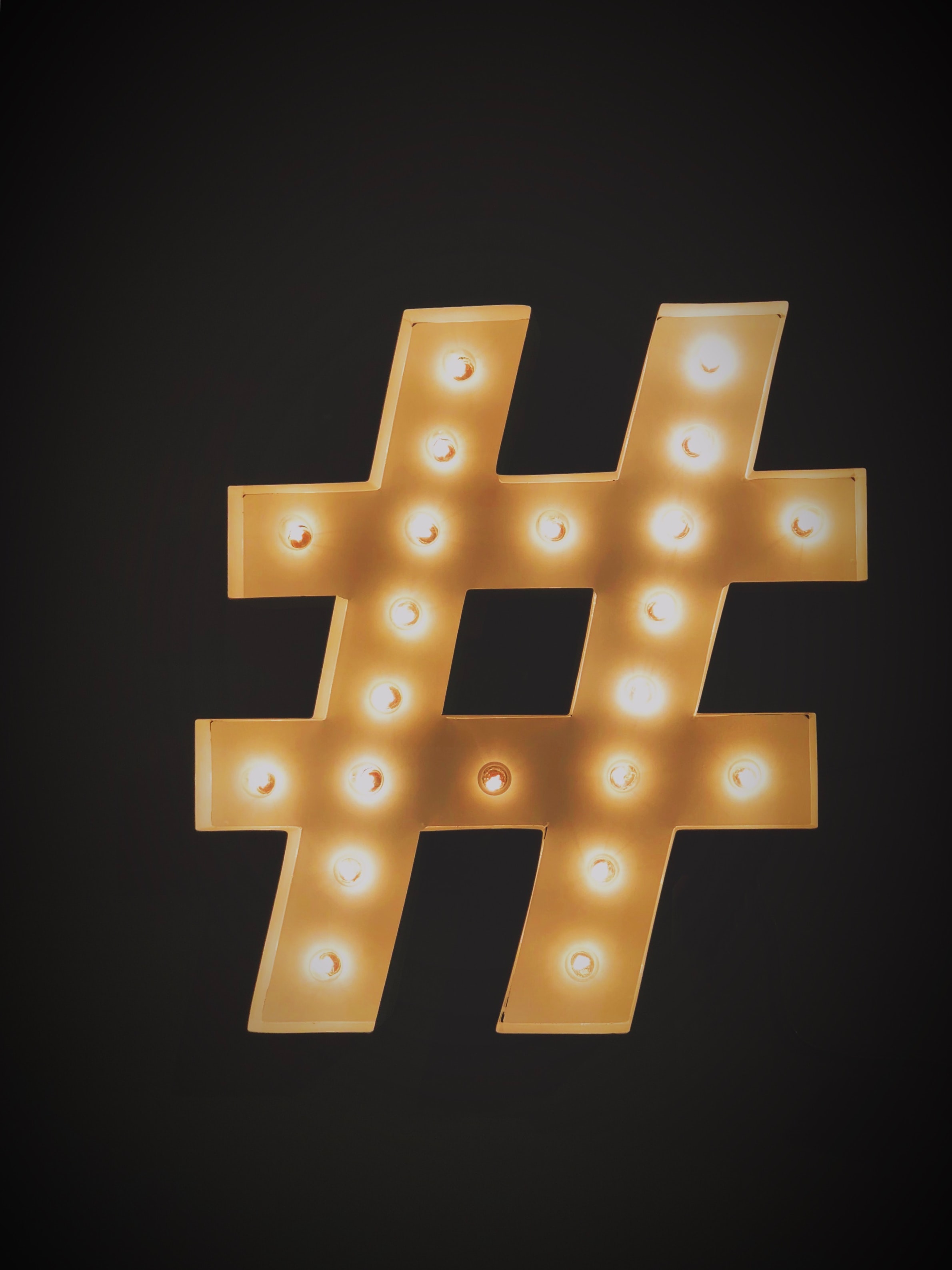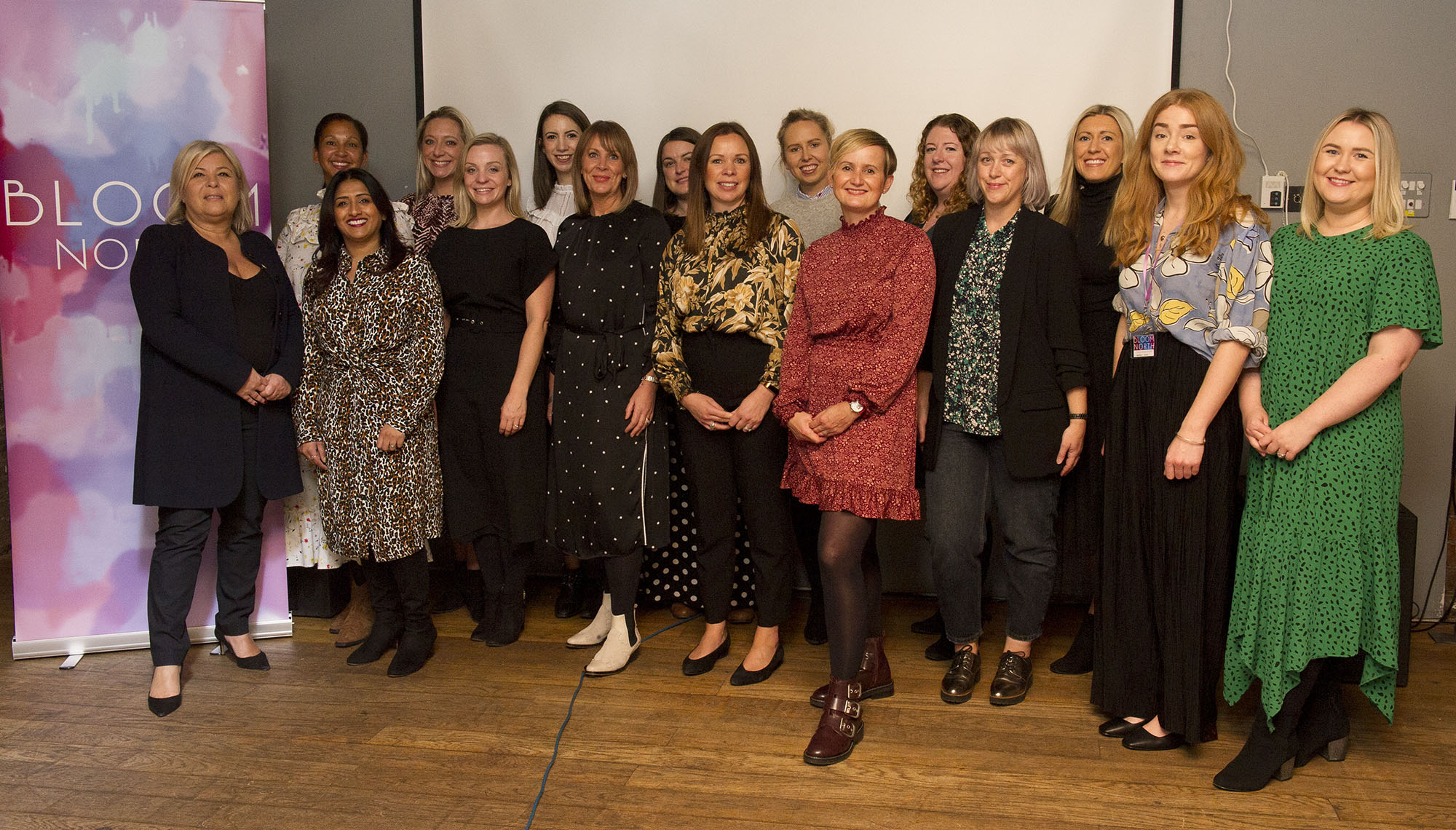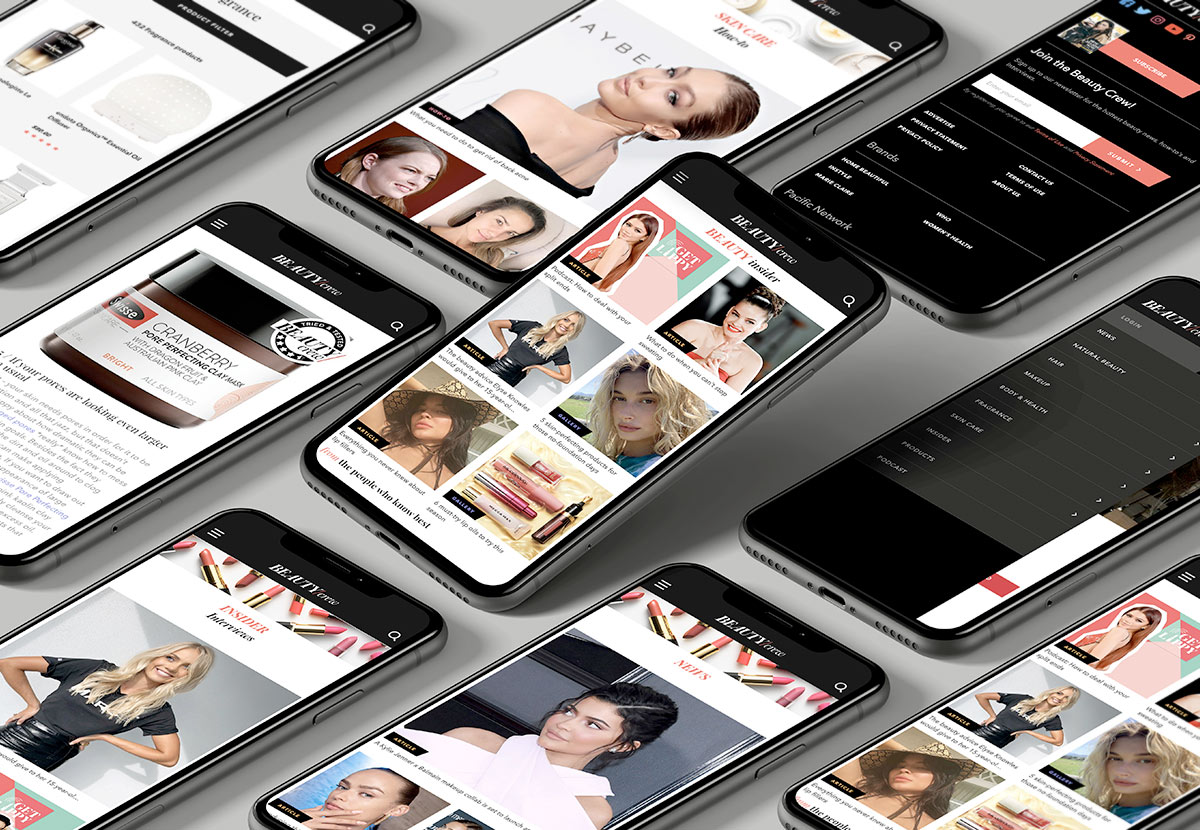
Confused by the algorithms and unable to keep up with the latest Meta recommendations? You’re not alone!
If you’re able to master your strategy, hashtags can boost the reach, engagement and overall growth of your Instagram account. However, without proper research, those go-to hashtags might turn out to be completely and utterly useless!
What are the different types of hashtags?
It’s important that you use a mixture of hashtags that are both relevant and specific to your brand. There are various types available for a wide variety of users:
Industry: This is the extremely broad group that your brand fits into. For example, #fashion, or #food. We recommend using 1 or 2 industry hashtags as this provides the algorithm with information about your page. By knowing which category your content fits into, they can then recommend you on the explore page of relevant accounts.
Niche: These hashtags should represent your speciality within that industry. They may target the appropriate gender, age or general interests of your audience. For example, #womenslingerie.
Community: The specific group of people that might be interested in your products. For example, #mumbloggers may be interested in #maternitylingerie.
Location: Location hashtags are a lot more specific but make it easier for people to find you. If you are a business, try using this combination to create your hashtag:
Location + niche + industry. For example, #ManchesterVeganFood
Product / Service: These hashtags should align with any products or services included in the post. For example, #veganbrownies, or #bandagedress.
Event / Holiday: These hashtags should represent any events or holidays which are happening around you or in the world. For example, #InternationalWomensDay
How to use hashtags as part of your social media strategy:
In order to optimise your visibility on Instagram, we recommend using the following tips…
Be specific
Small accounts often make the mistake of using extremely common hashtags. On Instagram especially, broad hashtags generally don’t do much good. For example, #food, #fashion, or #vegan. Yes, your post will appear in the search results, but probably only for a few seconds. After that, it will become buried by new and higher engaged posts.
Be diverse
Try not to stick to the one type of hashtag, but instead switch it up between different categories. For example, you may want to use a few niche hashtags, alongside ones which are relevant to the image and the audience who are viewing it.
Switch it up
It’s also important that you avoid overusing the same set of hashtags. According to Hootsuite, Instagram may be able to identify pages that copy and paste identical hashtags as spam accounts.
Make it personal
As well as using hashtags which are relevant to your industry, niche and products or service, you should also include a few which target specific people within those categories. For example, #mumcommunity, and #vegancommunity.
Be relevant
If your hashtags do not hold information relevant to your brand, products or the specific post, users who are searching for the hashtag are not likely to engage. This could ultimately harm your success with the algorithm.
How do I find successful Instagram hashtags?
When it comes to finding the best hashtags, post volume is super important. You should try to avoid choosing hashtags which have already been used in millions of posts. On the other hand, if a hashtag has only been used 300 hundred times, it's likely that no one is searching for it on the Instagram Explore page. To avoid taking any risks, we recommend aiming for hashtags with between 8K-200K posts. To check the volume of a hashtag, head to the Instagram search engine and type the hashtag into the Explore Page.
How to test your hashtag strategy with Instagram insights
Once you've found the hashtags you want to use, it's important to start testing them and looking into your insights. This will then help you to fine-tune your strategy over time.
If you simply want to analyse how a group of hashtags are performing, Instagram insights can provide you with the number of impressions your post has through hashtags alone.
However, if you want to analyse the success rate of specific hashtags, we recommend using an analytical tool such as Later or Hootsuite. These types of platforms can track key insights, including which hashtags induce the most or least engagement and reach on your Instagram posts.
…and there you have it! The ultimate 2022 Instagram hashtag guide!









